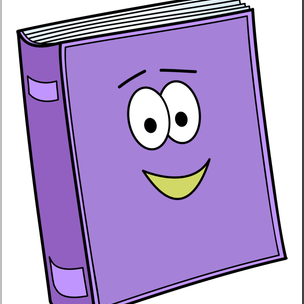I recently watched “Ender’s Game”. This is a movie set in the future with a story reminiscent of H.G. Wells’ “The War of the Worlds”. Only in this case, the authorities have decided that the only people on Earth that can defeat the aliens once and for all are children that are trained from a very young age in military tactics and strategy. The protagonist in the story is taken from his parents and sent to Battle School. While there, the students are given an interactive game that tracks their psychological condition. It can do so because the scenarios change depending on the answers given by the students. It is intuitive and can reprogram itself to match each student’s need.
Computers in this timeline have not yet reached that level. However, there is an ongoing project to produce that level of understanding in computers. It is called the Semantic Web. Its overarching aim is for machines to understand human language. Right now, computers only read which is why when you search for something, many irrelevant results can appear. You can produce more relevant results by narrowing your search terms but many people do not search like that.
It is difficult to produce text that machines can understand. At present, the language that is mainly used for programming is a mark-up language. That means that text is ‘tagged’ with commands that tell the computer what to do with that text. This is what is used in HTML and other programming languages. For the Semantic Web or Web 3.0 as it is also called, such simple tags cannot be used. For computers to understand meaning as well as characters., unambiguous meanings must be developed. Unfortunately, the language most used in programming is English and there are many words with ambiguous meanings.
Before we can reach the stage described in the first paragraph, we must first get computers to not only make links to documents (like hyperlinks) but to the data inside them. Right now, our information is separated according to the needs of the different applications we use. Don’t be fooled by Google. Even though, Google uses a one-sign-in for all its accounts, we still need to access separate application for our different needs. Google Docs is for word processing. Google Keep is for notes. You cannot create a note and have it on the same document unless you paste the URL onto the document. In each separate application you can search inside the documents but only as you would search using a search engine. You get results that ‘match’ the phrase you used. What the Semantic Web wants to do is get results that match what you mean.
For this purpose, the Text Encoding Initiative (TEI) is used. This is the programming language scheme that HTML is derived from. In this format, it is hoped that text can marked-up to create links that the computer can understand.

I really enjoyed reading your post. I think you have a really good style of writing.
LikeLiked by 1 person